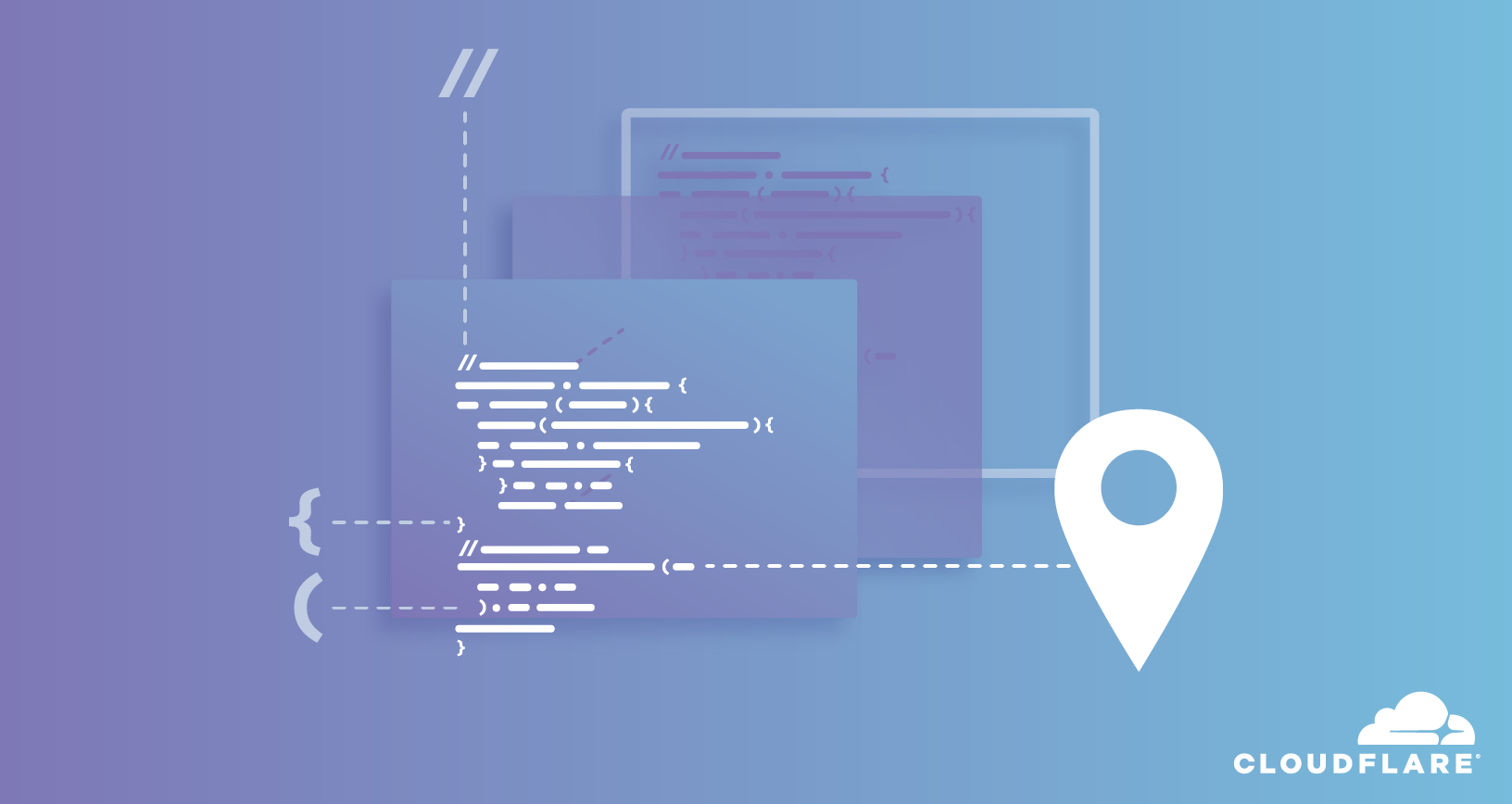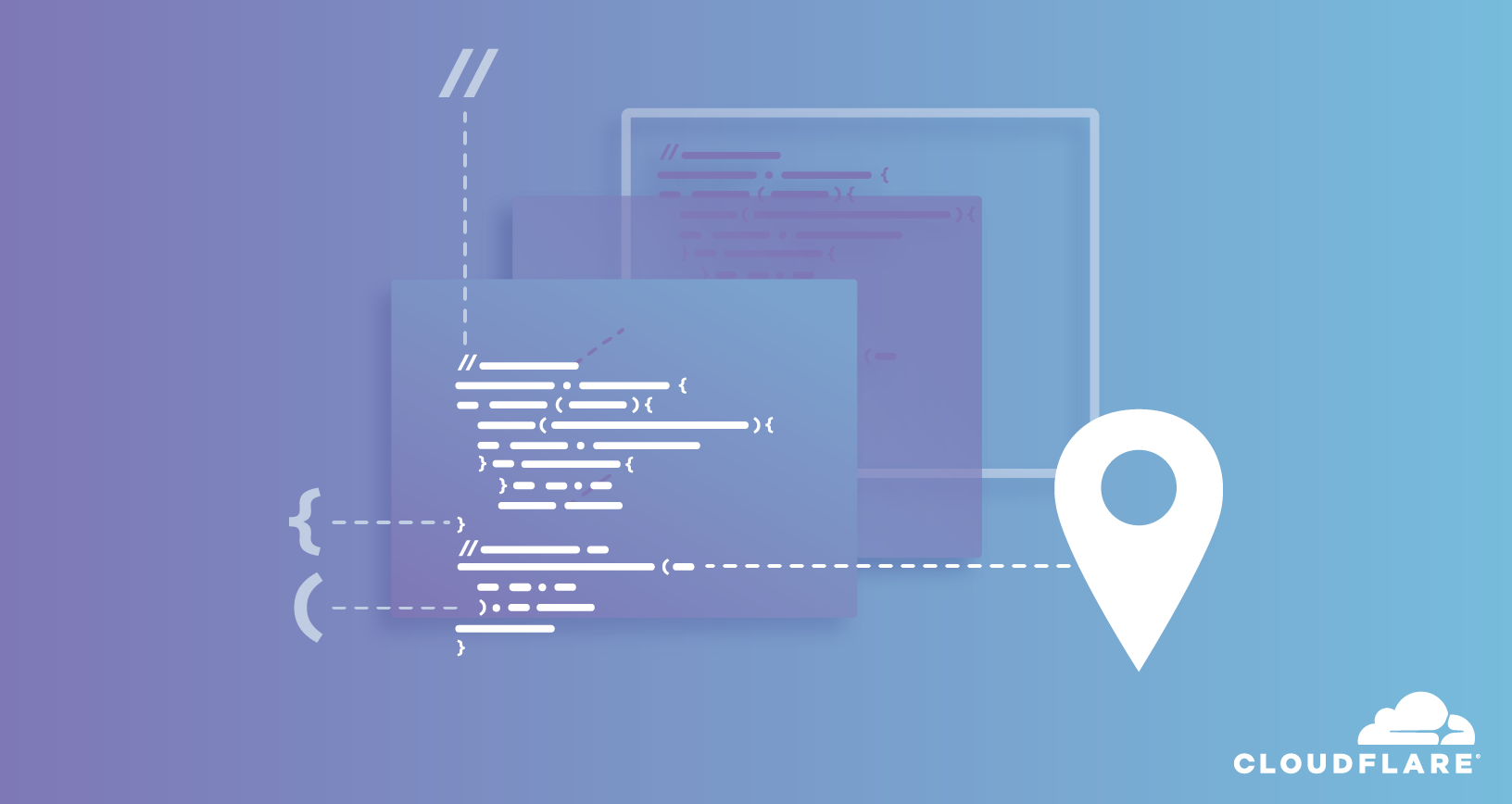Datanauts 154: Modernizing IT Infrastructure With HPE (Sponsored)
Today's Datanauts episode, sponsored by HPE and Intel, explores how HPE helps companies unify their silos and build a modern IT infrastructure. Our guest is Garth Reid, Senior Strategist - Enterprise Portfolio at HPE.
The post Datanauts 154: Modernizing IT Infrastructure With HPE (Sponsored) appeared first on Packet Pushers.
Ensuring Security Posture In A Multi Cloud World: A NSX(mas) Carol
Holidays are a great time of year to take a moment and reflect. In 2018 at VMware Networking & Security, we’ve had yet another exciting year for us—we’re very proud of many achievements. For example, NSX now being deployed by 82% of Fortune 100 companies is a substantial industry adoption data point. But rather than focus on those numbers, I wanted to take a moment to highlight one of our biggest accomplishments this year (in my opinion). Oh, and in case you missed some of those 2018 highlights, you can catch a replay of Tom Gillis’ keynote Building the Network of the Future with the Virtual Cloud Network from VMWorld US 2018.
NSX Past

Earlier this year (the end of April to be precise), at Dell Technologies World, we had our external launch of the Virtual Cloud Network. The problem statement was simple: our customers were embarking on a digital transformation journey in their respective lines of business and with those efforts came challenges around a new level of networking complexity. Their goal within their organizations was to move from centralized data centers to hyper-distributed centers of applications and data, typically spanning multiple locations, multiple geos, Continue reading
KubeCon NA 2018 Wrap Up: Docker and the Kubernetes Community

Right on the heels of DockerCon Europe, the Docker team was excited to be a part of KubeCon in Seattle last week for great conversations and collaboration with the Kubernetes community. In addition to our commitment to delivering a simple, integrated experience with Kubernetes in our Docker Desktop and Docker Enterprise products, we’re also excited by our work with the community at the very foundation of Kubernetes with projects like containerd and Notary/TUF and to talk container standards with the members of the Open Container Initiative (OCI). KubeCon is an opportunity for project maintainers to explain the status and roadmap of projects, but also to meet face to face and collaborate with contributors to determine what is next for cloud native applications.
Giving Back to the Kubernetes Community
The Docker and Kubernetes communities have been working together closely since Kubernetes was announced at DockerCon 2014. In line with our commitment to continue to make containerization technology like Kubernetes easier to use: a few weeks ago we open sourced Docker Compose on Kubernetes, a project that provides a simple way to define cloud native applications with a higher-level abstraction, the Docker Compose file. Docker Compose is a tool Continue reading
Response: A Chief Security Concern for Executive Teams

Krebs looked at how many Top 500 companies have security people in executive management roles
The post Response: A Chief Security Concern for Executive Teams appeared first on EtherealMind.
IoT Security Startup Phosphorus Builds Agentless ‘Update-All’ Button
 IoT devices have two types of update mechanisms: an API call or user-initiated update. Phosphorus covers all that with its update-all button for IoT.
IoT devices have two types of update mechanisms: an API call or user-initiated update. Phosphorus covers all that with its update-all button for IoT.
Kubernetes Security Flaw Expected, Won’t Be the Last
 The latest flaw was coincidentally announced on the same day as the latest version of Kubernetes was released. Project members said security concerns do not impact the release cycle.
The latest flaw was coincidentally announced on the same day as the latest version of Kubernetes was released. Project members said security concerns do not impact the release cycle.
InterDigital Solves Mobile 5G Problems Far in Advance of Standards
 InterDigital competes with Qualcomm, Ericsson, Nokia, Huawei, and Samsung. These vendors also do technology innovation in conjunction with emerging standards. But their standards work is “subsumed” within other business units, while InterDigital does its work on a standalone basis.
InterDigital competes with Qualcomm, Ericsson, Nokia, Huawei, and Samsung. These vendors also do technology innovation in conjunction with emerging standards. But their standards work is “subsumed” within other business units, while InterDigital does its work on a standalone basis.
Huawei Is the No. 1 IoT Platform Vendor, Says IHS Markit
 The Chinese vendor beat out Cisco, Microsoft, and PTC for the top spot in the analyst firm's IoT Platform Vendor Scorecard.
The Chinese vendor beat out Cisco, Microsoft, and PTC for the top spot in the analyst firm's IoT Platform Vendor Scorecard.
Cloudworker – A local Cloudflare Worker Runner

This is a guest post by Hank Jacobs, who is the Lead Software Engineer for Platform Services & Tools at Dollar Shave Club. This post originally appeared on the DSC Engineering blog.

At Dollar Shave Club, we continuously look for ways to improve how we build and ship code. Improving the time it takes for engineers to ship code is key. Providing engineers with a development environment that closely mirrors production really helps.
Earlier this year, we began evaluating Cloudflare Workers as a replacement for our legacy edge routing and caching layers. Cloudflare Workers brings the power of Javascript to Cloudflare’s Edge. Developers can write and deploy Javacript that gets executed for every HTTP request that passes through Cloudflare. This capability excited us but a critical thing was missing — a way to run Worker code locally. We couldn’t find a suitable solution, so we started to build our own. Luckily, Workers uses the open Service Workers API so we had documentation to consult. Within a few weeks, Cloudworker was born.

Cloudworker
Cloudworker is a local Cloudflare Worker runtime. With it, you can run Cloudflare Worker scripts locally (or anywhere you can run a Docker image). Our primary goal with Continue reading
Telefónica Germany and Nokia Enter 5G Testing Stage in Berlin
 The German carrier along with Nokia is now in a position to test use cases for industry and enhanced massive broadband.
The German carrier along with Nokia is now in a position to test use cases for industry and enhanced massive broadband.
New Opportunities, Different perspectives…
Today we are launching our partnership with FS.com and with that comes an opportunity to engage our customers in a new and unique way. FS.com has been providing networking solutions since 2009. The joint partnership of Cumulus and FS.com allows a new way for our collective customers to achieve web-scale networking solutions in a convenient and timely manner. FS.com’s commitment to fast response times and comprehensive networking solutions brings a layer of convenience we feel our clients will appreciate.
Cumulus Networks is driven to provide flexibility, choice and affordability when it comes to building out the next generation of network infrastructures. By adding FS.com as an additional option to our portfolio we continue that commitment to our customers. It is exciting to see how this space will evolve and the new ways in which customers will source network infrastructure moving forward.
Whether you are looking for Data Center TOR solutions with Enterprise feature set corporate buying behavior is evolving as our consumer buying habits blend more into our corporate lives. This method of sourcing and buying consumer goods has grown significantly over the past decade as our consumer selves buy more and more of Continue reading
Running Fedora on my Mac Pro
I’ve been working on migrating off macOS for a couple of years (10+ years on a single OS isn’t undone quickly or easily). I won’t go into all the gory details here; see this post for some background and then see this update from last October that summarized my previous efforts to migrate to Linux (Fedora, specifically) as my primary desktop operating system. (What I haven’t blogged about is the success I had switching to Fedora full-time when I joined Heptio.) I took another big step forward in my efforts this past week, when I rebuilt my 2011-era Mac Pro workstation to run Fedora.
When I mentioned this on Twitter, a few people asked the question every parent dreads hearing: “Why?” (If you’ve been a parent for more than a couple years you’ll understand this.) The motivation for using Linux is something I’ve already discussed. As for the hardware, it’s simple: the hardware for the Mac Pro is very good (see the base specs here), so why not re-use the hardware for use with Linux? I mean, if I’ve already decided on running Linux (which I have), then why spend money on new hardware Continue reading